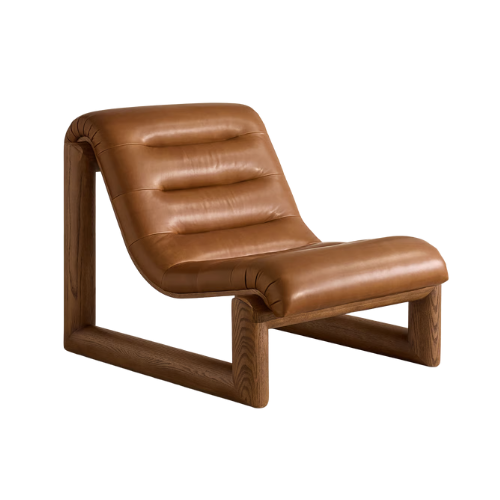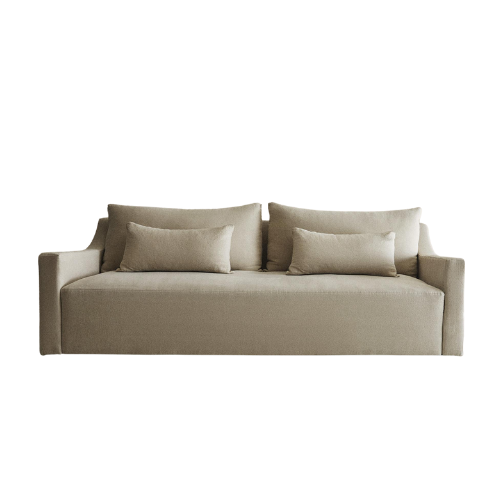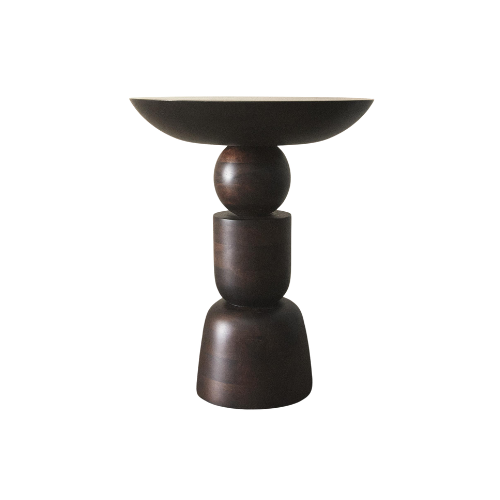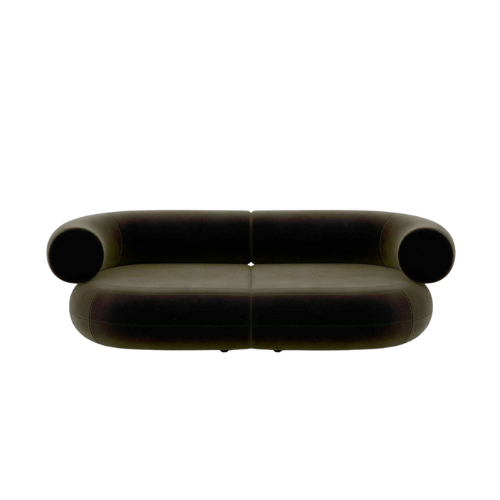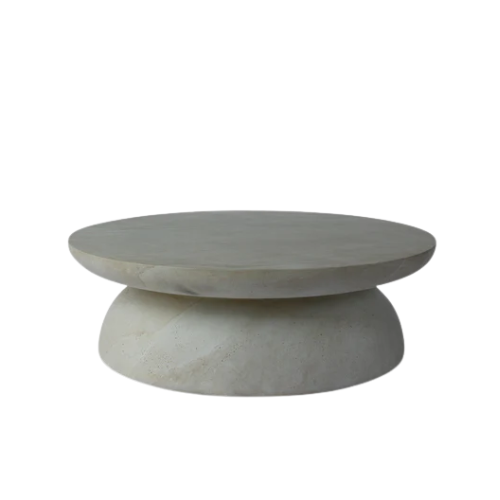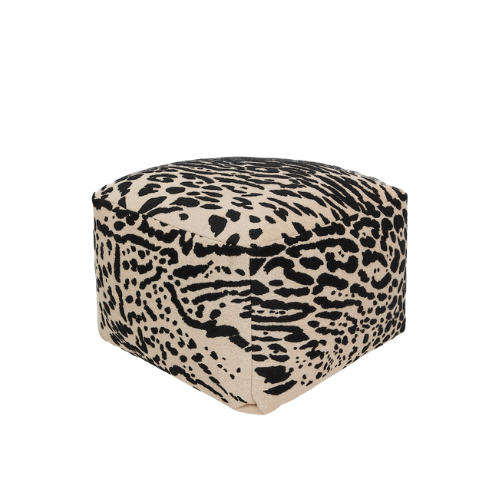Should You Put Furniture in Front of a Radiator? The Solution to a Problematic Layout vs Lowering Your Heating's Efficiency, Explained
We asked our experts for all their thoughts on whether or not furniture can cover the radiator, and their advice may just surprise you
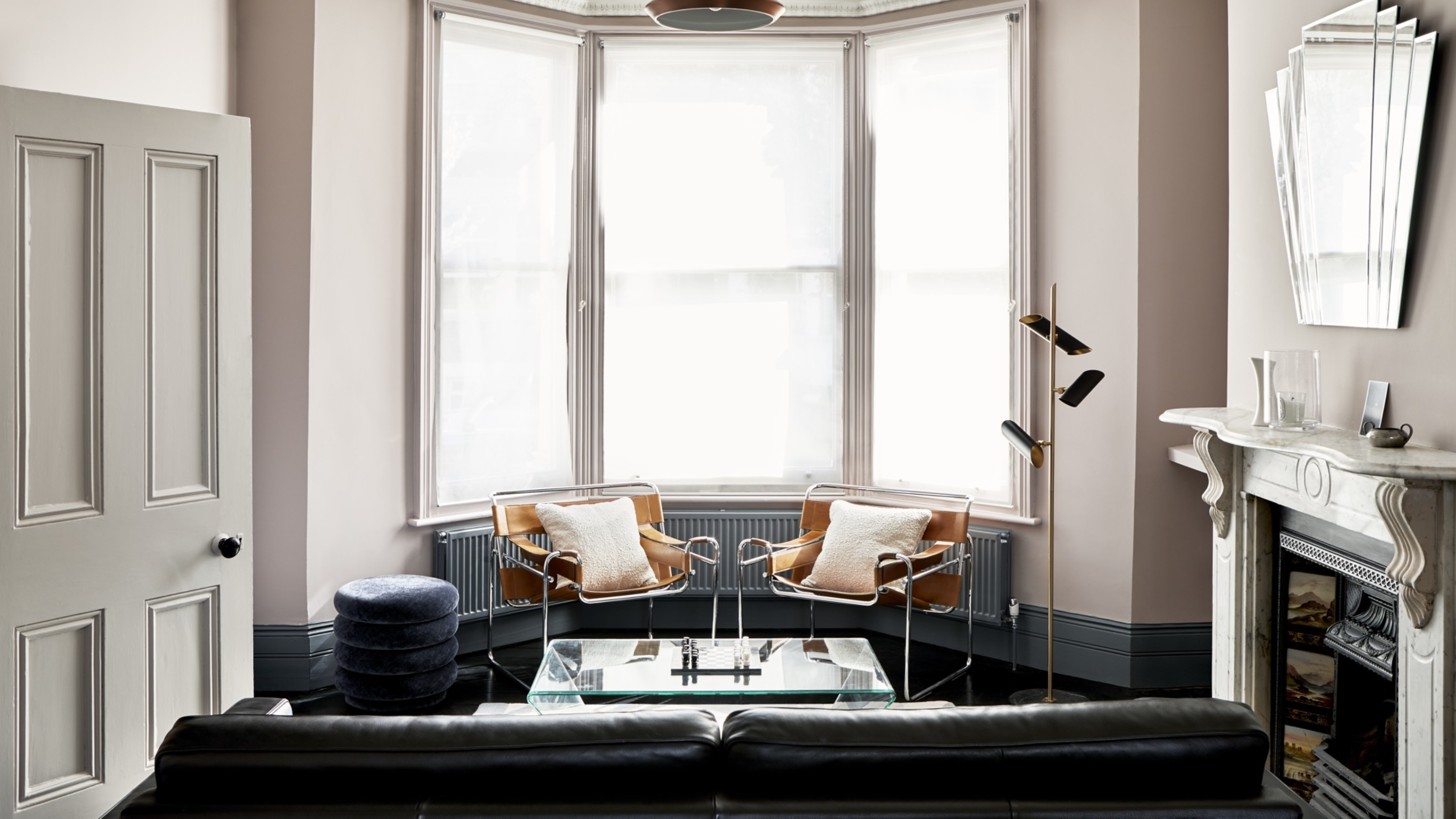

As we head into the winter months, you need to start paying a bit more attention to how to ensure your home stays at a comfortable temperature. And the area surrounding your radiator is the best place to start.
Much like the common query of whether curtains should cover radiators, or if radiator covers block heat, we also find ourselves questioning the risks of having our furniture in direct contact with or directly blocking these heat sources. It's one of those things that can easily trip you up; after all, it can be tricky to design a functional and cozy living room without finding yourself at least partially blocking a radiator at some point. Or, if you're particularly offended by the bulky eyesores of this type of heating, you may find yourself intentionally designing your room to ensure it's covered up, one way or another.
In short, the answer is no, your furniture should not block your radiator. But if you want to know why, and what exactly you should be doing instead, you're going to want to keep on reading.
Should You Put Furniture in Front of a Radiator?
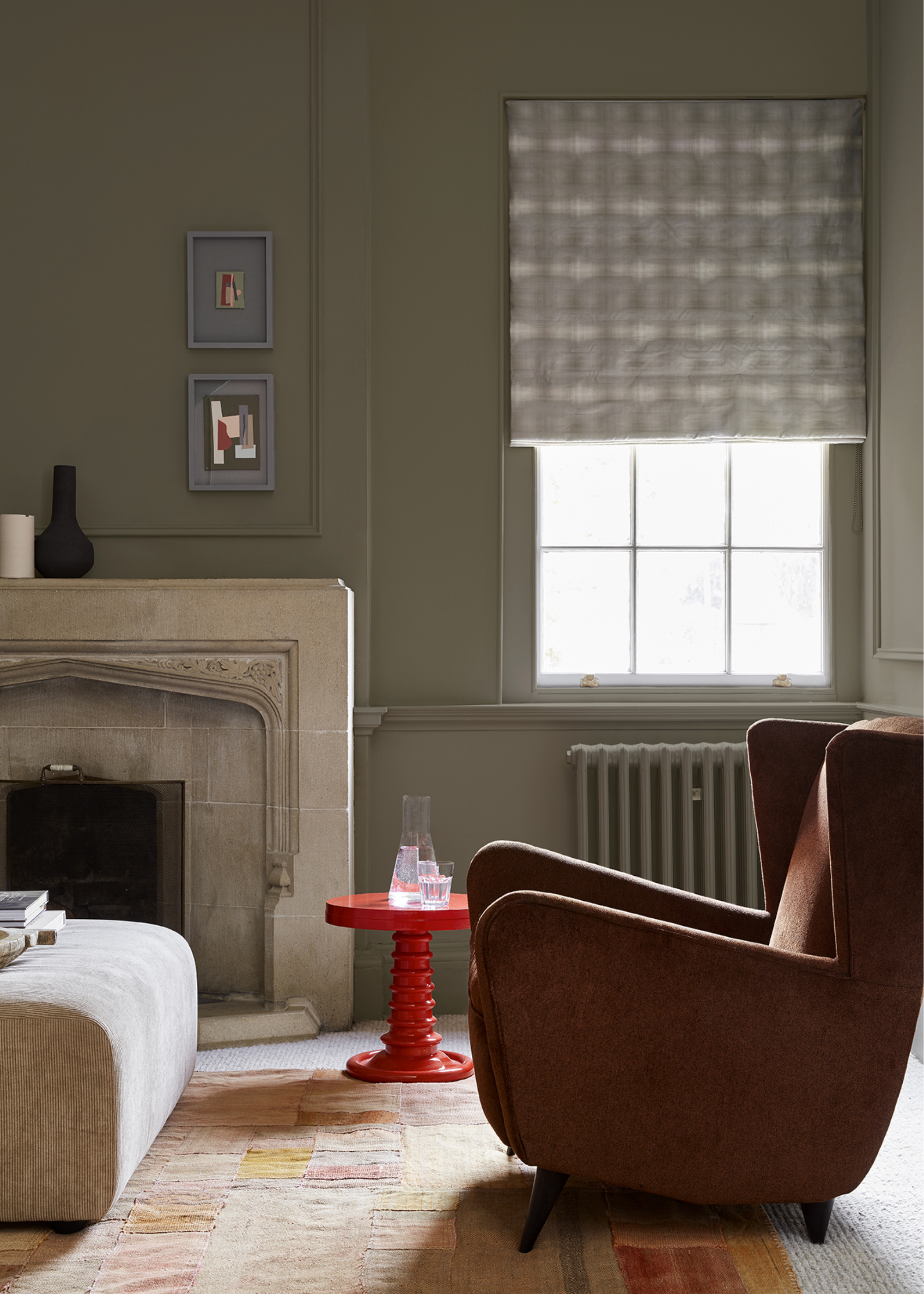
Keep your radiators free from any obstructions for the most efficient home heating.
So, why exactly is putting your furniture near the radiator such a bad idea?
Well, it largely revolves around the concept of energy efficiency and its impact on your heating system. As Rob Nezard, from UK Radiators, explains, "Radiators transfer heat into the surrounding space in two ways, radiation and convection. Convection is a process where the air around the radiator is heated up, creating convection currents that push warm air into the room. When you block that with furniture, the heat gets stuck behind or in the furniture rather than circulating effectively around the room."
Placing pieces of furniture in front of your radiator means that instead of allowing the energy to circulate and heat your entire room, the warmth has nowhere to flow other than directly into your furniture, which not only prevents your space from reaching a comfortable temperature but can also end up damaging your furniture.
However, this is not to say there are major health and safety risks with this design mistake. As Nick Duggan from The Radiator Centre explains, "Ideally, you shouldn’t place large furniture directly in front of a radiator, not because it’s dangerous but because it prevents the heat from circulating properly. Your radiator will end up working harder to warm the room, wasting energy and reducing efficiency."
The Livingetc newsletters are your inside source for what’s shaping interiors now - and what’s next. Discover trend forecasts, smart style ideas, and curated shopping inspiration that brings design to life. Subscribe today and stay ahead of the curve.
While this would be the case with any type of sofa, heavy, compact pieces are especially good at storing up all that heat, making for maximum inefficiency, wasting both your money and your energy.
Additionally, as Jess Steele from BestHeating says, "Over time, the heat can really damage your home furnishings. Prolonged heat can cause wooden furniture to warp, fade upholstery, and create cracks in leather that significantly reduce their lifespan."
In 2004, our founder Nick Duggan set out to bring something new to homes and interiors, heating that could be as much about design as it was about warmth. Nick had spent years working with radiators, seeing the same functional designs over and over. But across Europe, designers were rethinking them – turning radiators into stunning focal points, elegant minimalist pieces, and cleverly engineered heating solutions that transform spaces.
What Is the Ideal Distance Between Your Furniture and Radiator?
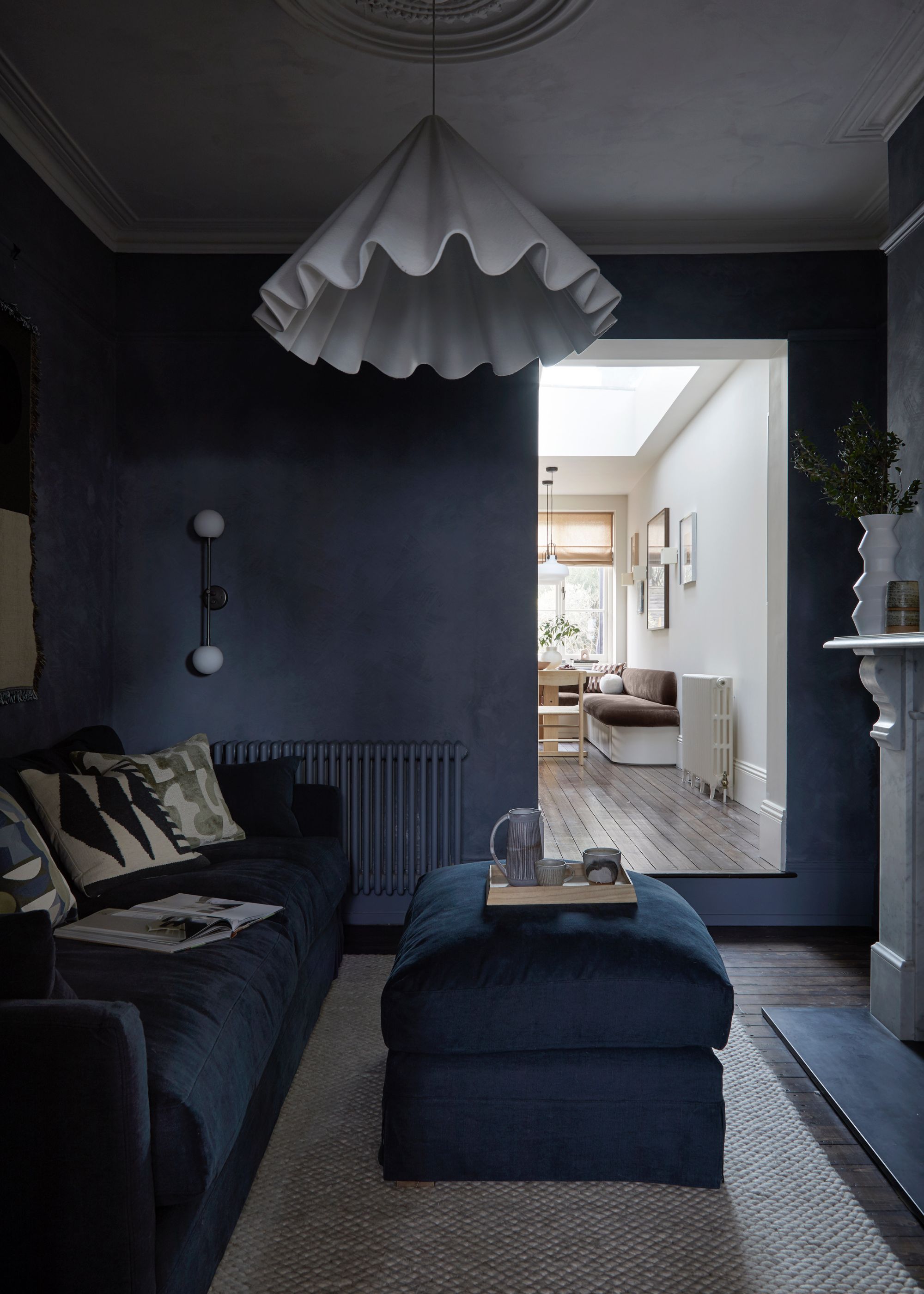
A gap of at least 15cm between your furniture and the radiator should be enough to keep your space well-heated.
Of course, though, unless you have unlimited space, it's close to impossible to ensure your radiators are nowhere near any of your furniture. The trick is in figuring out the sweet spot in which your radiator is still able to provide a generous amount of heat, without making your living room layout feel awkward.
"As a rule of thumb," Nick recommends, "try to leave a 20–30cm between your radiator and any large pieces of furniture. That small gap makes a big difference to how effectively heat can flow through the room." This amount of space, no larger than a ruler, allows you to maintain a natural flow and rhythm in interior design, while also ensuring your radiator is free from any direct blocks.
Rob adopts a fairly similar approach, saying, "A good rule of thumb is to leave at least 10–15cm between a radiator and large furniture (sofas, cabinets, beds) so air can move freely. More space is better if possible; you really want your radiators to be completely free from obstruction."
Though, as Rob adds, "Sometimes this isn't possible, so if space is tight, even a few extra centimeters can help, but the more clearance, the better for performance and protection of your furniture."
What Item Is the Riskiest to Have Near a Radiator?
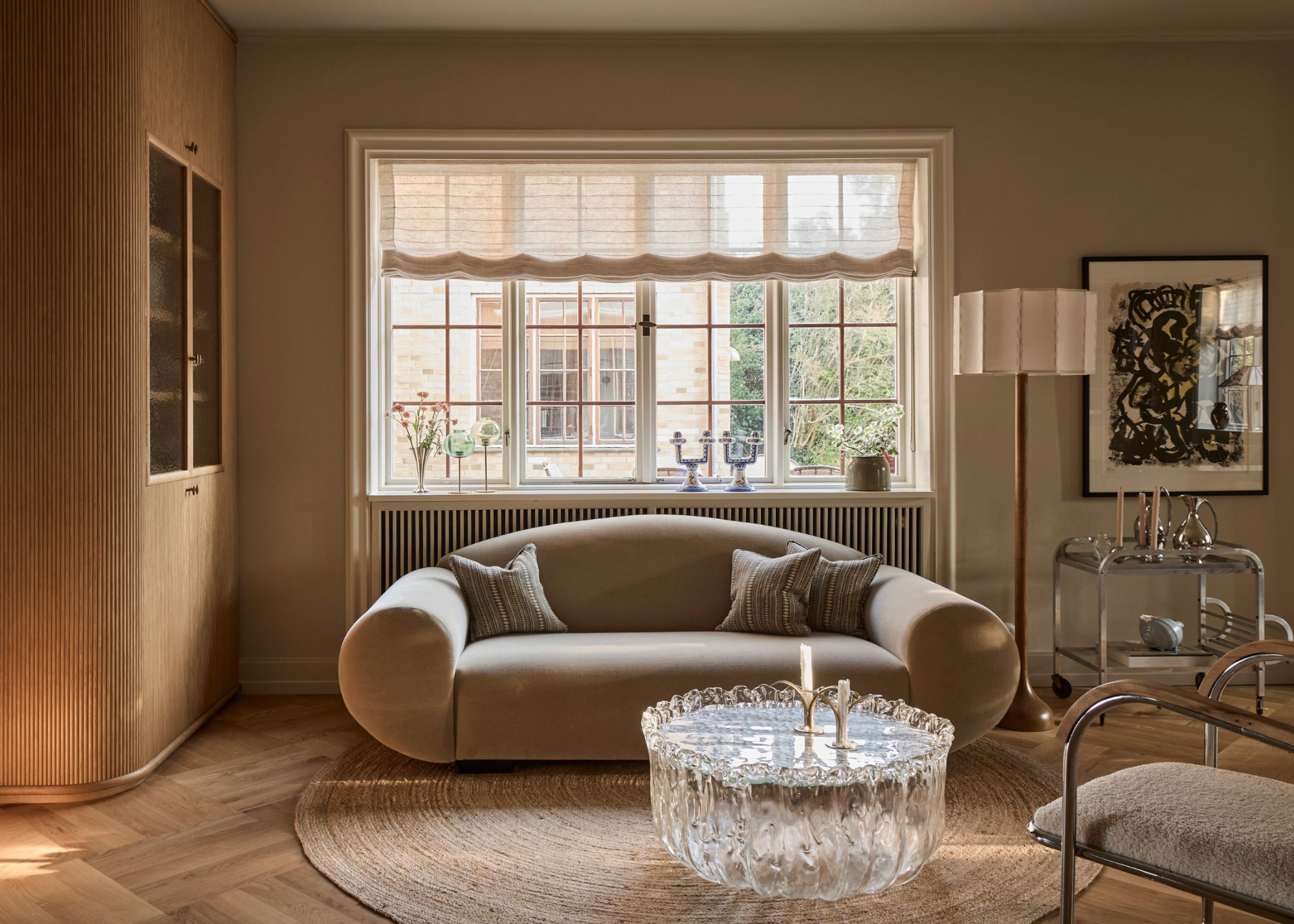
Keep your artwork positioned off to the side of the radiator to prevent any potential warping.
While on the whole, all furniture should be kept at a safe distance from your radiator, of course, some pieces are at higher risk than others.
One potentially surprising high-risk item is your artwork; placing it near a radiator is one of the most common art hanging mistakes. Jess explains, ''Artwork is used in most households to add personality to spaces, but placing your artwork too close to radiators can cause lasting damage. For example, prolonged heat exposure may warp canvases, fade vibrant colors, and damage frames. If you value your paintings and photos, I highly recommend hanging them away from direct heat to maintain their beauty."
Jess also goes on to mention clothing, towels, and electronics as other risky items to keep near your radiator, saying, "Whilst it might be tempting to place items like TVs in front of radiators, or to keep your clothes warm during the winter months, doing so poses risks of these materials overheating and causing fires."
Wooden, plastic, or upholstered items are also best kept away from radiators.
Our Top Furniture Picks
So, now you know, so long as your furniture is at least 15 cm away from the radiator, you should be in the clear. But, if you're still looking for some more radiator changes to cut energy costs, we may have some more ideas for you. Plus, we also have some helpful tips for how to paint behind your radiator, for a more sleek, professional finish.

Maya Glantz is a Design Writer at Livingetc, covering all things bathrooms and kitchens. Her background in Art History informed her love of the aesthetic world, and she believes in the importance of finding beauty in the everyday. She recently graduated from City University with a Masters Degree in Magazine Journalism, during which she gained experience writing for various publications, including the Evening Standard. A lover of mid-century style, she can be found endlessly adding to her dream home Pinterest board.
